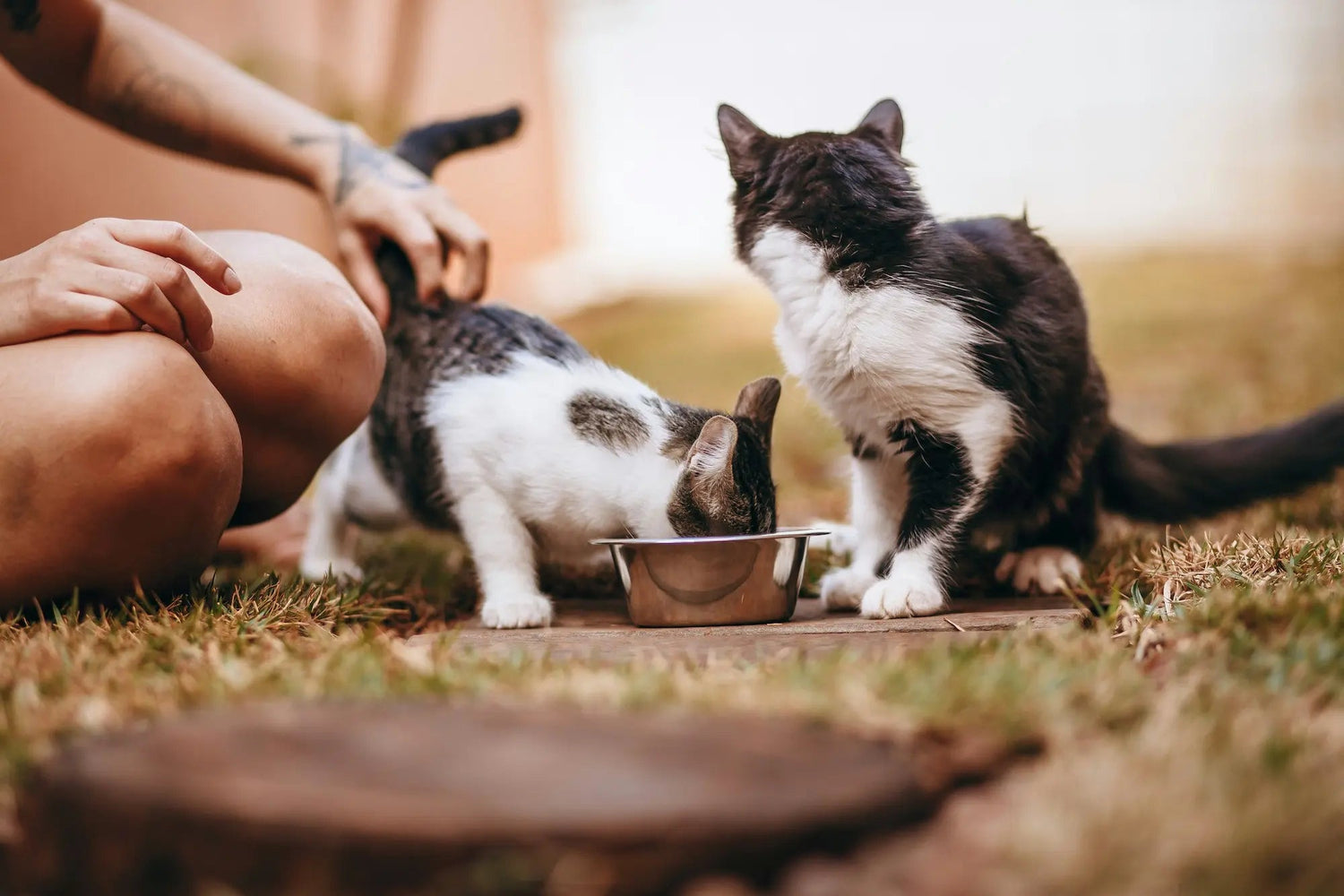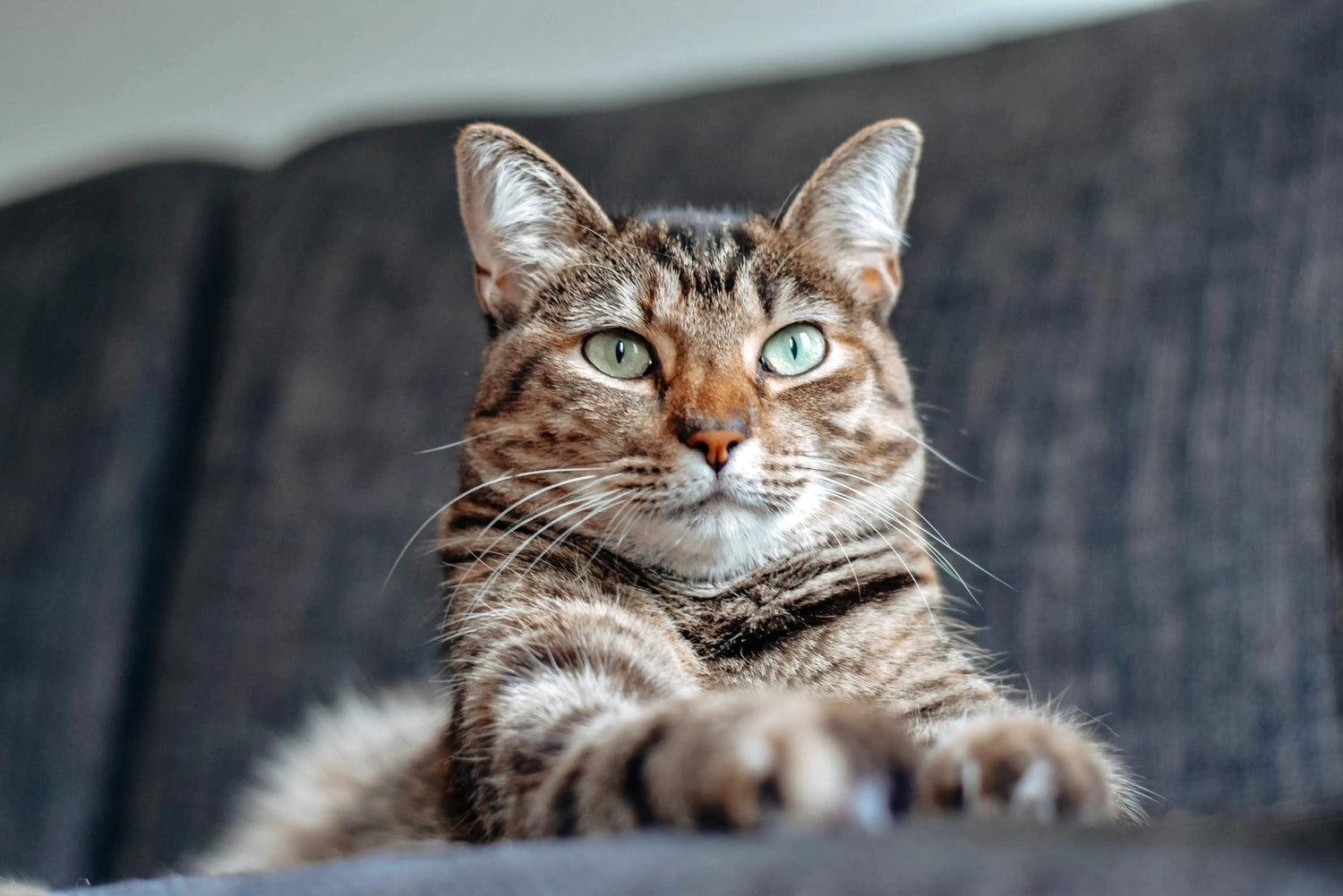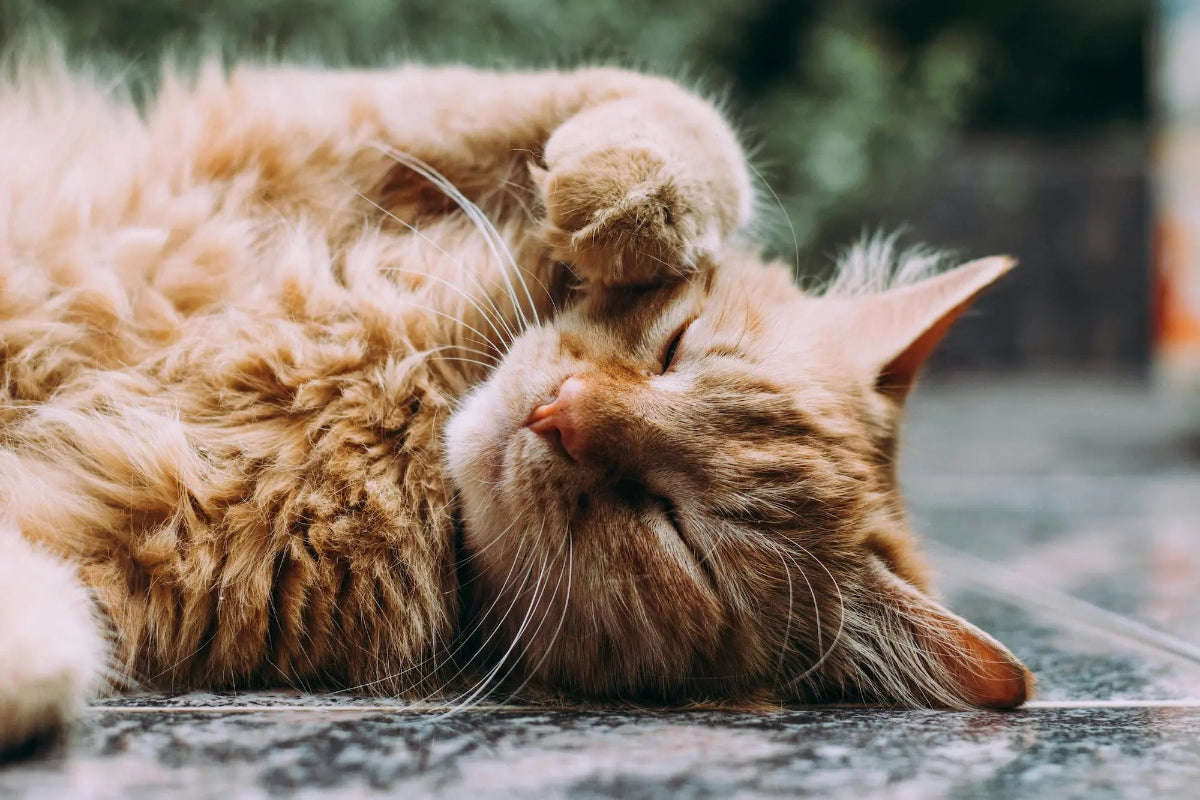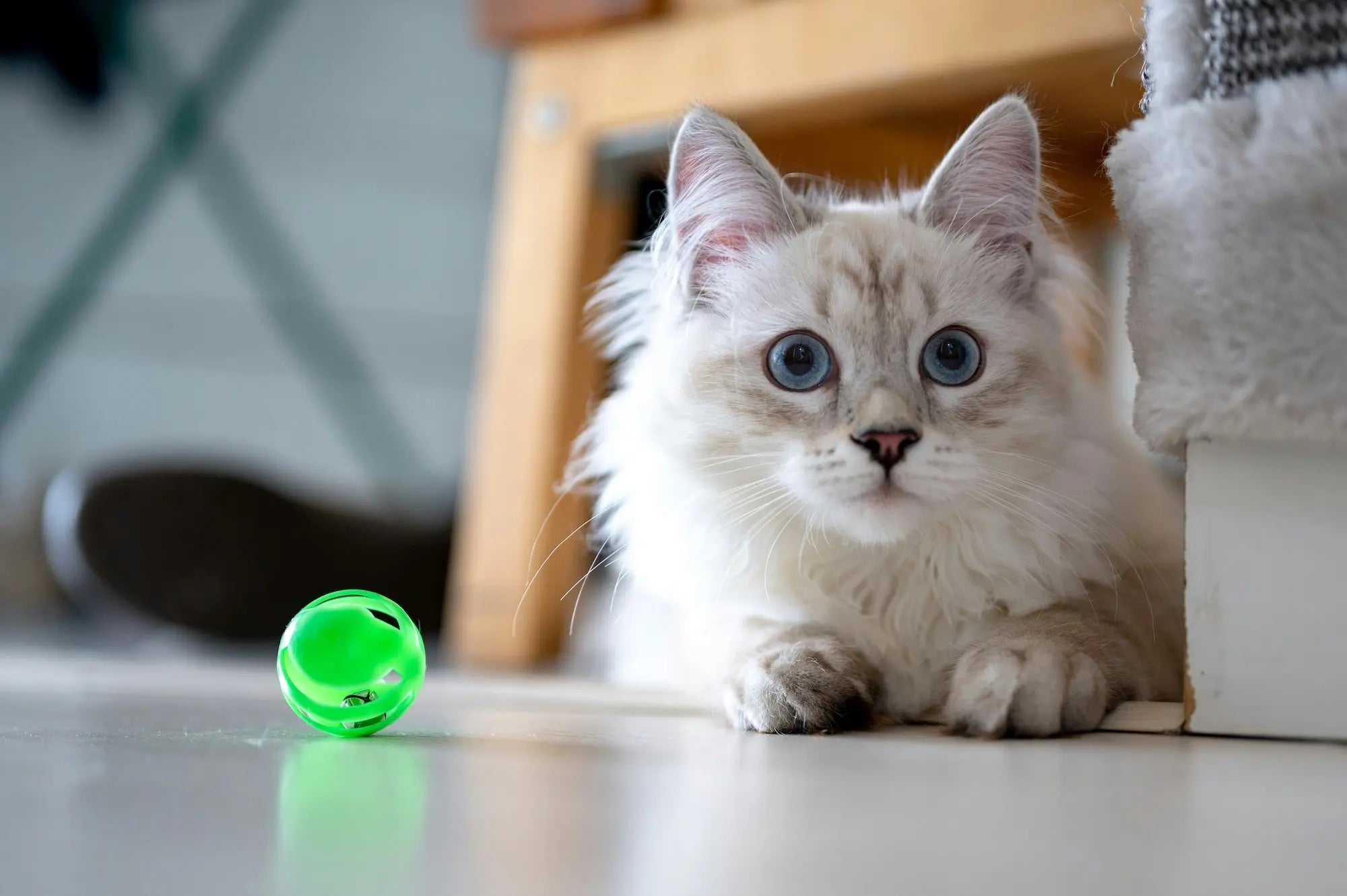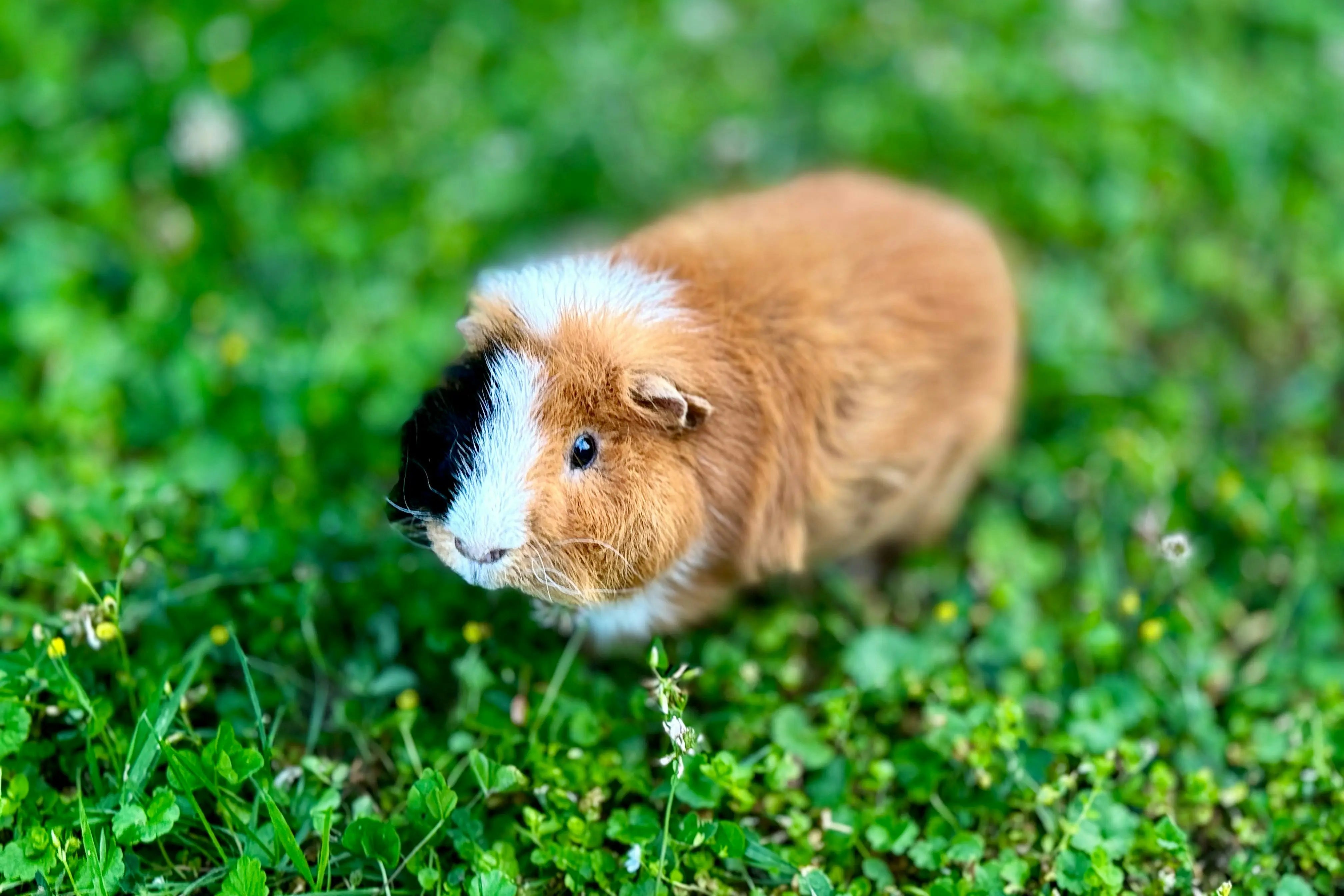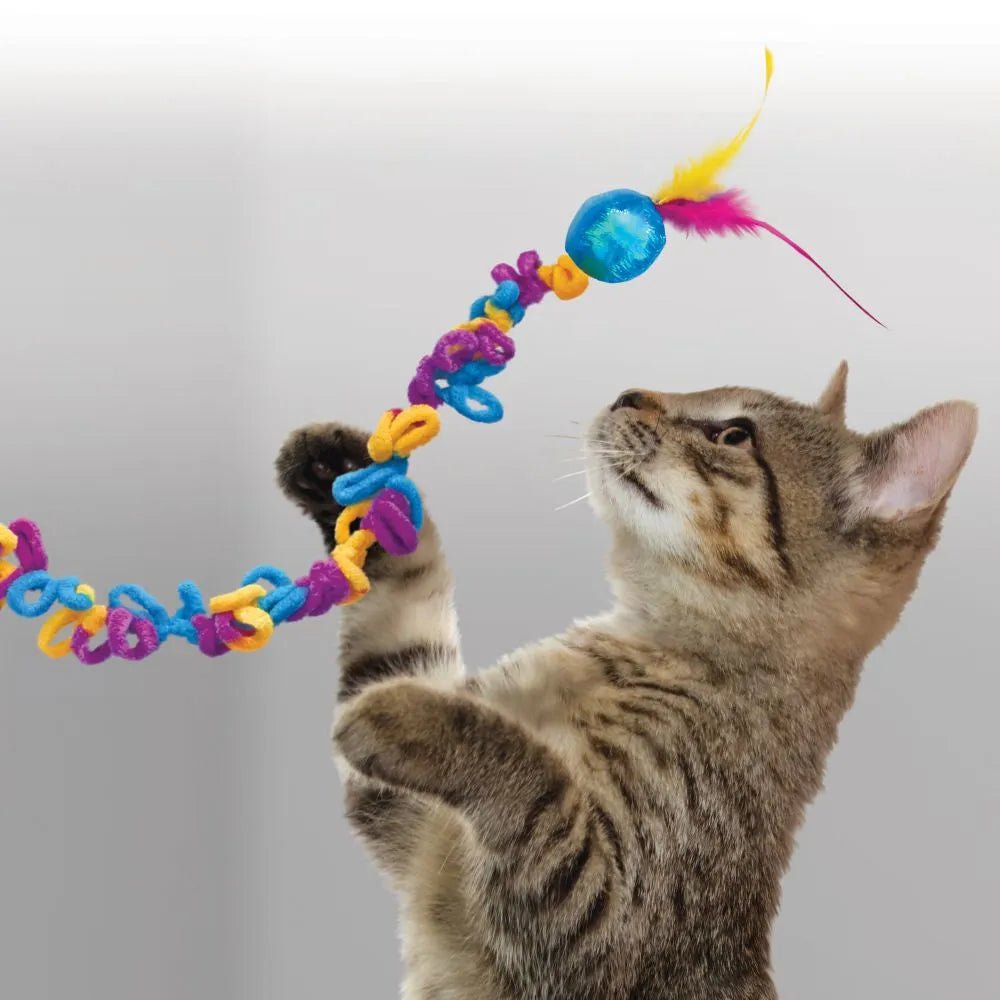Cats can live for many years, and with the right care and attention, they can live even longer! These wonderful pets bring us a lot of joy and love in our everyday lives, and quickly become part of the family. So the important question for all cat lovers is “how long do cats live?”. Although we would like them to live forever, the average age of most cats is around 12-15 years. In this article, we will look at what affects a cat’s lifespan and some tips to help your cat live a long, healthy and happy life.
Want to learn everything about cats? Read more in our cat blog!
How old can a cat get?
The world's oldest cat (that has been confirmed) was named Creme Puff and lived to be 38 years old! This was a normal female house cat from the USA who lived an active life indoors. Norway's oldest cat was named Tom and lived to be 30 years old. There are also a number of other cats that have lived to be over 25 years old, but many are based on rough guesses, as a lack of documentation has made it difficult to confirm exact ages.
Average lifespan of indoor and outdoor cats
There are many factors that affect the average lifespan of a cat. One of the biggest factors is whether they are indoor cats or allowed to roam outside. There are many reasons why an outdoor cat has a shorter average lifespan than an indoor cat. Cats don't know the rules of the road, and if you live along a busy road, cars pose a great risk of shortening your cat's lifespan. Outdoor cats are also at greater risk of contracting diseases and injuries when they are outdoors, or ingesting toxic substances.
Other factors that affect the cat's lifespan:
- Genes - genetics are a big factor in how old a cat lives. For example, hereditary diseases can shorten their lifespan.
- Health problems - it can be difficult to detect if a cat is suffering from any ailments, as they are good at hiding it. Take your cat for an annual health check-up with your vet so that any illnesses are detected early.
- Cat breed - some cat breeds have a longer life expectancy, such as Siamese, British and American Shorthairs, Russian Blues, and Burmese.
- Gender - spaying or neutering your cat reduces the chance of them wanting to wander far and getting injuries and diseases from fighting with other cats.
- For female cats, you reduce the risk of tumors and some types of cancer by early neutering.
- Diet - make sure your cat gets food adapted to its age, health and lifestyle.
- Activity level - if you have an indoor cat, you will need to allocate more time for play and mental stimulation. Obesity in cats can cause several diseases, such as diabetes.
Cat years vs. human years
When you calculate how many human years your cat is, there is a bit of math involved. Cats age much faster than humans, especially at the beginning of their lives. One cat year is equivalent to 15 human years, but two cat years are equivalent to 24 human years. After that, you add four human years for every year your cat lives. To make it easier, you can use our cat age calculator below!
🐱 Cat Year Calculator
Signs of aging in cats
Your cat goes through different stages of life from kittenhood to old age. For each of the different stages, we can see different signs of aging in the cat. Of course, there are individual differences as each cat is unique.
Wondering how many kittens a cat can have?
Naughty kitten (0-6 months)
In the first phase, the cat grows rapidly and it is during this period that you will be able to see major changes in body size. That is why it is important to have the right kitten food for the new baby in the family. There is a surprising amount of energy in that little lump of fur, but this is not an indication of what the cat's personality will be like when it gets older. Read more about how to raise a kitten.
Teenager in house (7 months - 2 years)
In the second phase, the cat reaches sexual maturity. You will notice that the cat is not as lively, but is still incredibly playful and curious. Since the cat does not grow as quickly as when it is a kitten, you should choose cat food intended for adults when it is around six months old.
Adult (3 - 6 years)
When your cat is between three and six years old, they are considered an adult. You will notice that your cat has settled down and is finished growing. Even though your cat is considered an adult, they will still love cat toys!
Middle-aged, senior and geriatric (7-15+ years)
During this phase, the risk of feline diseases increases. These can include diabetes, dental problems, cancer or high blood pressure. Since the cat is not as mischievous as a kitten, you should keep an eye on its weight so that it does not become overweight. In the latter stages, you may also notice that the cat is not as efficient when grooming itself, as joint pain in older cats is common. You may also notice that they are not as good at retracting their claws as before and get stuck in carpets and rugs.
Tips to make your cat live longer
The author Bukowski once said: “The more cats you have, the longer you live.” But how can we make our cat live as long as possible? The best way, in addition to annual health checks at the vet , is very similar to that of humans. Eat healthy, stay active and mentally stimulated. Feed your cat a quality food with good nutrition and make sure that your cat gets enough exercise indoors if it is an indoor cat. If you have an outdoor cat, you should do what you can to protect it from potential dangers, such as a cat collar that makes it visible in the dark. We must also not forget to give your cat a lot of affection and attention. A cat that lives a stress-free life filled with love and care tends to be both happier and healthier.



